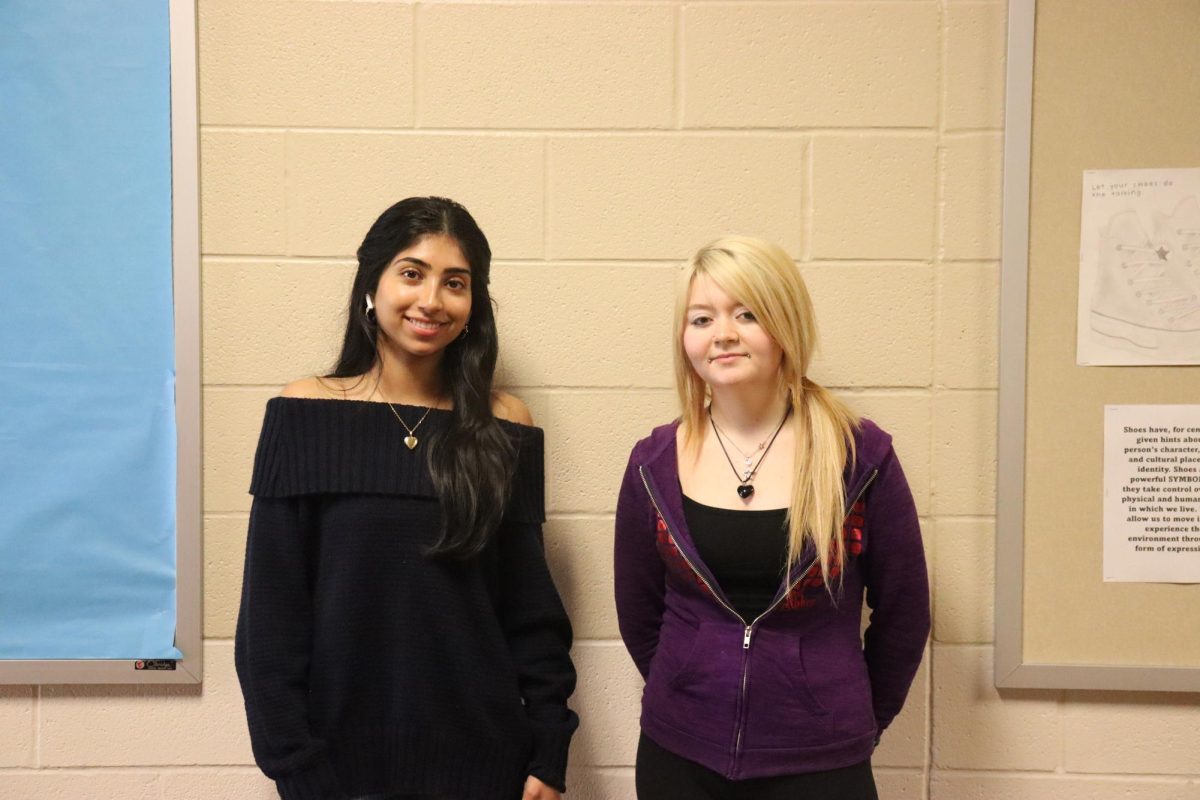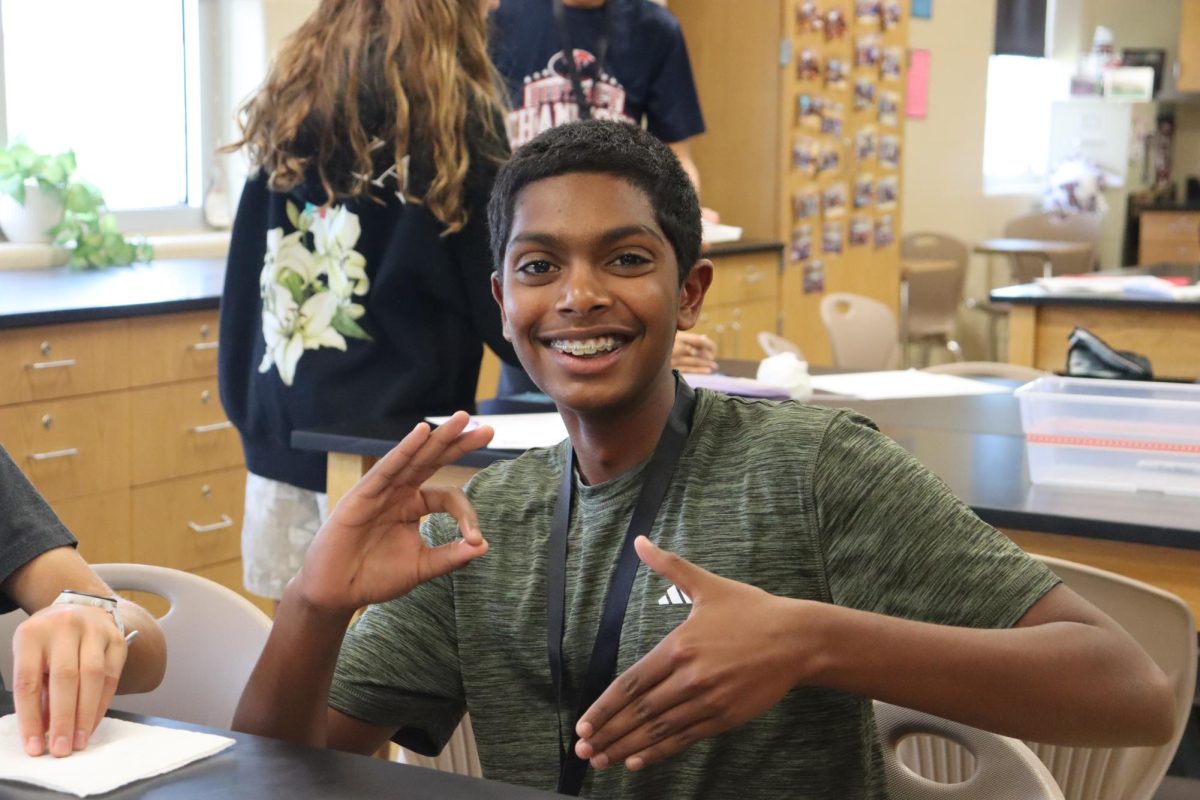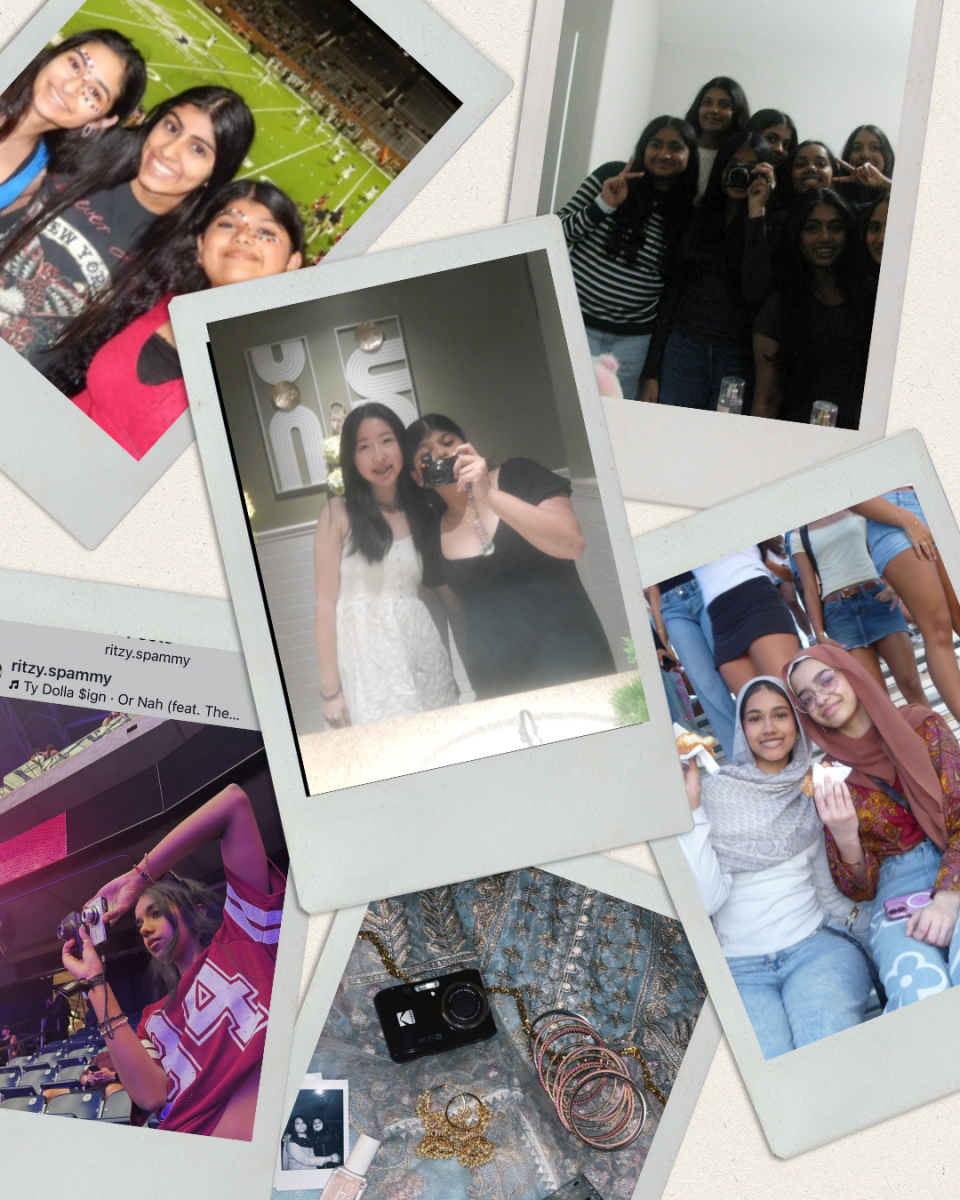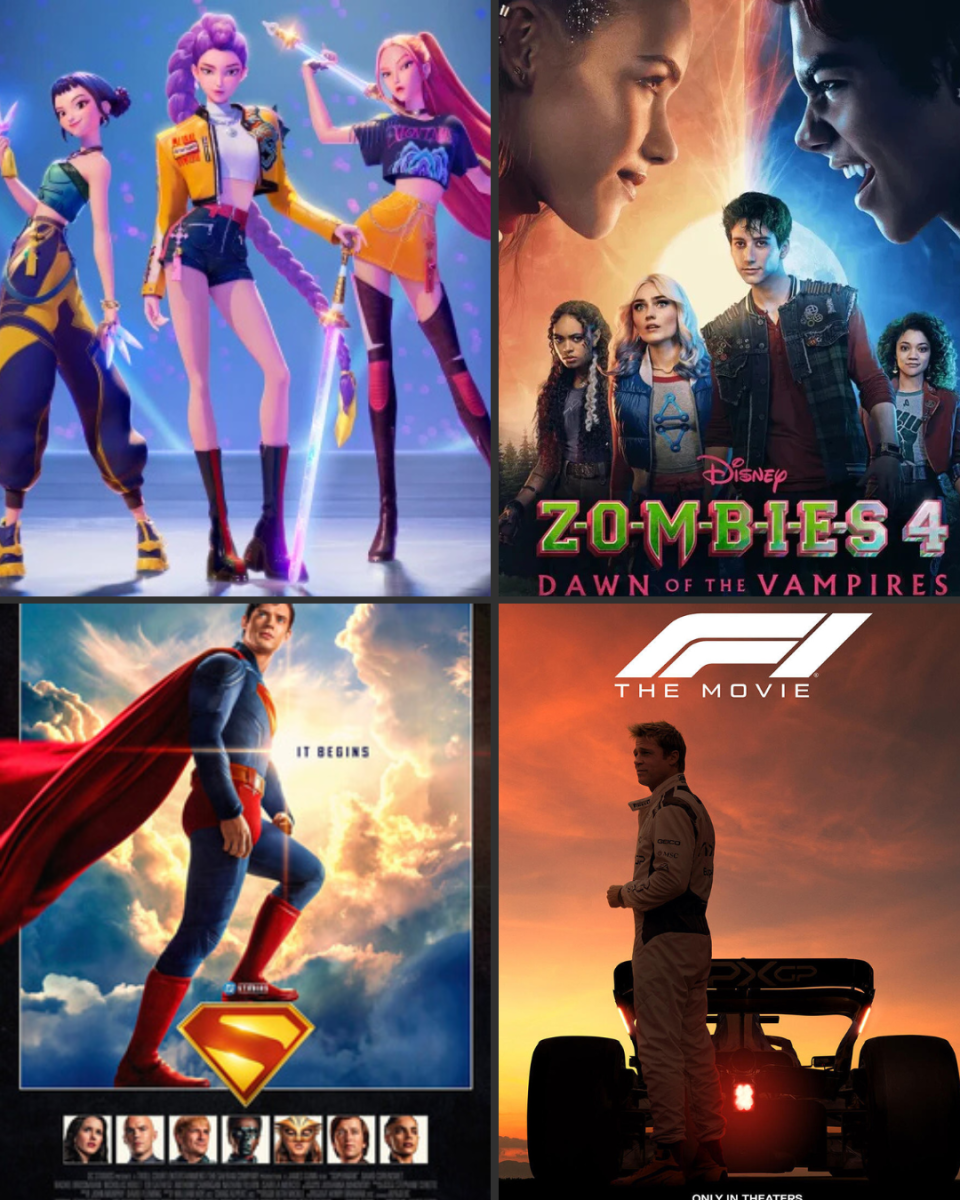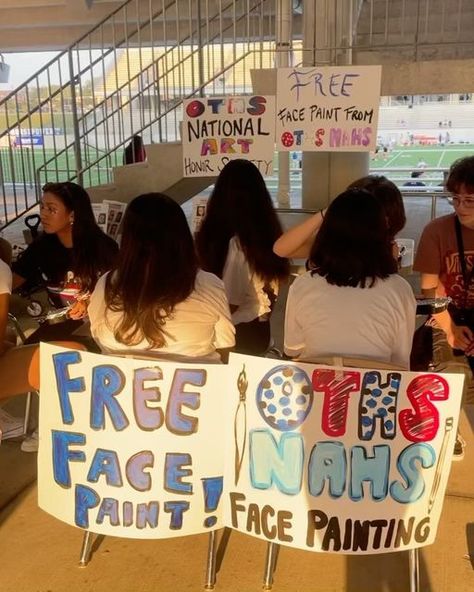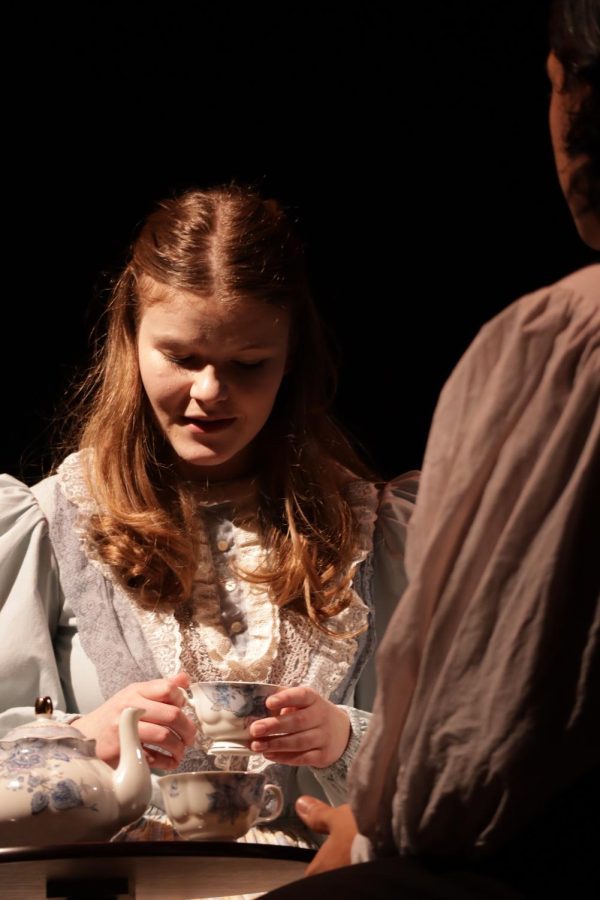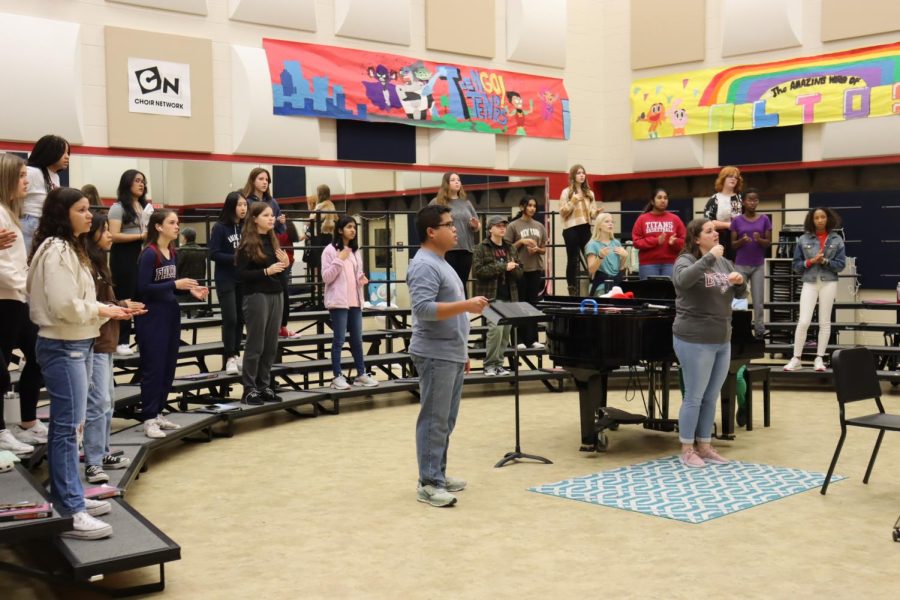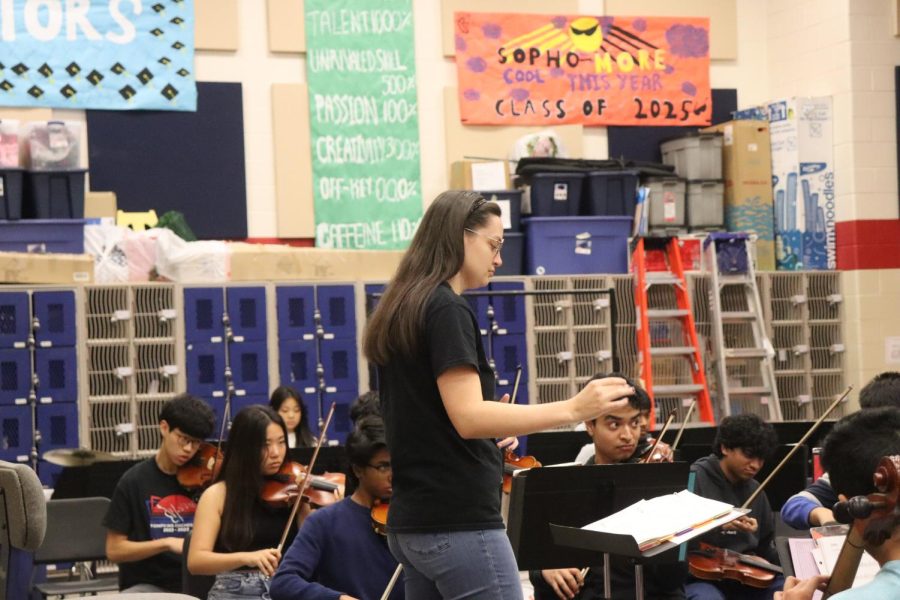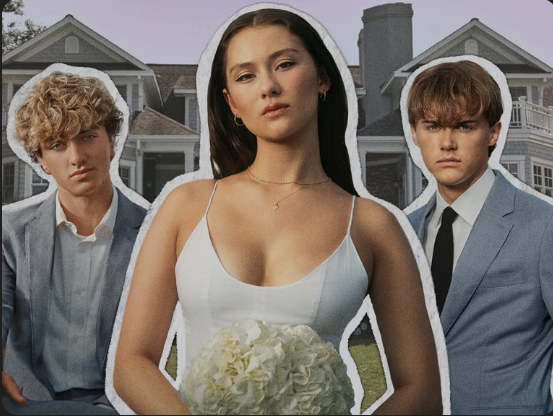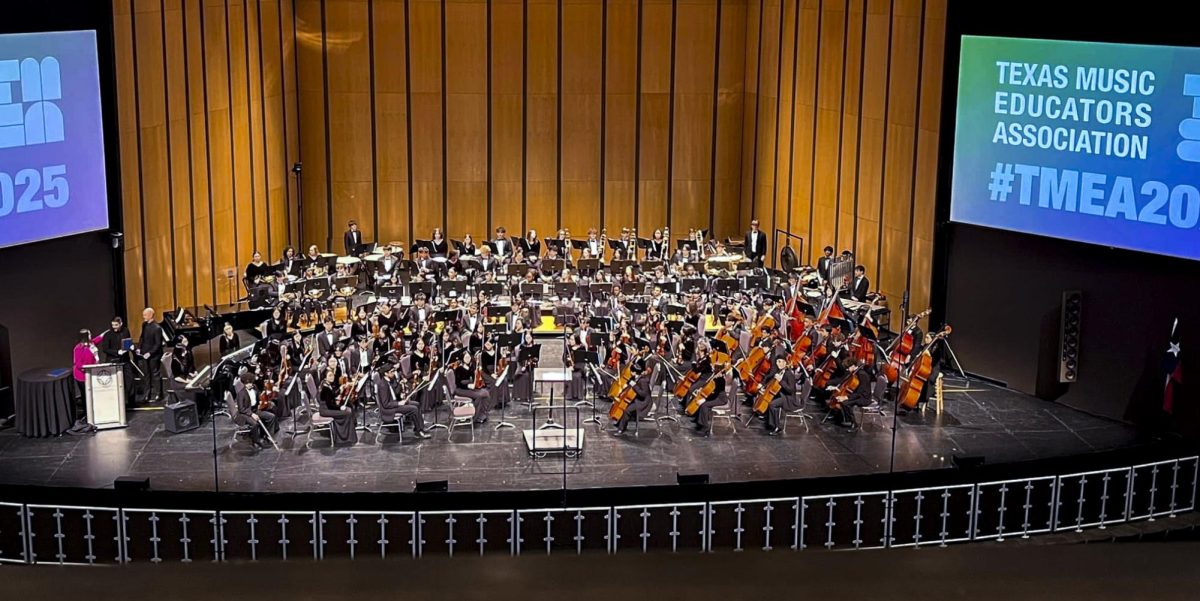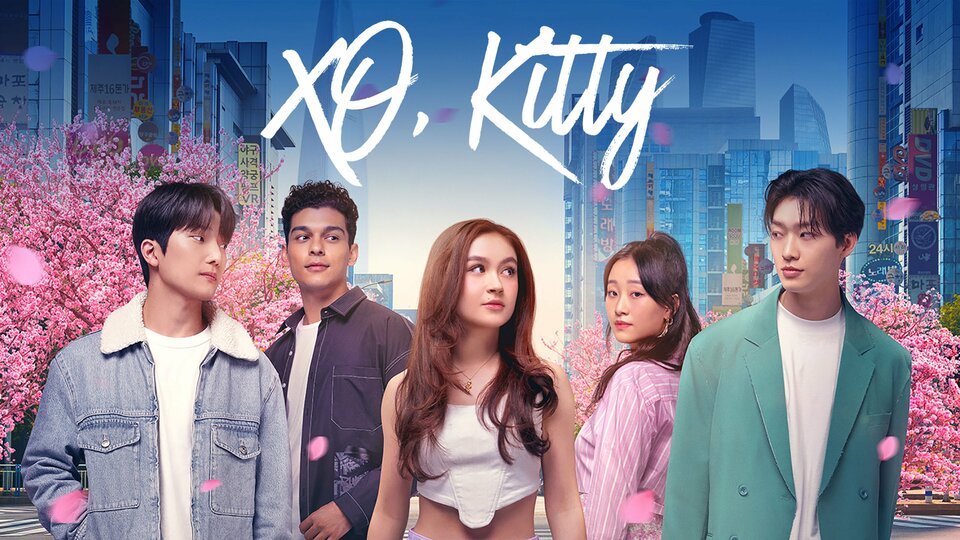Art has always been an application of human expression. From music, to dance, to visual arts, all categories of art contain human emotion, something that can never be replaced or removed from existence. Except, with the introduction of artificial intelligence in the modern day world, the question of AI replacing art plagues the minds of all artists. Junior Sabrina Smith, an artist, is fearful about the future of AI herself.
“AI art is most likely going to take away a lot of jobs in the art field, especially for people here who are planning to become artists in the future,” said Smith. “Jobs will become even more competitive, and since artists do not get paid a significant amount in the first place, things are not looking good for us. With industries like the gaming industry and the animation industry, the jobs there might get replaced within the next decade by AI artists.”
AI has gotten to the point where it can generate images of a piece of art that contains elements of other artists’ work. These images once looked like nonsense, but it has advanced astronomically as the years have gone by to where it looks like a replication of an art piece that a human could make, making it harder to tell what is AI and what is not. Many artists have expressed distaste, distrust, and fear for AI art. Distaste for trying to replace their art. Distrust for being unpredictable. And fear for their creations and their careers.
While this new form of technology has managed to displease many artists, who feel as if AI art is taking away the raw essence of human emotion that is present within works of art, there are some individuals who see the advantages to AI art. For example, by submitting an idea of a particular art piece that one would like to see into an AI art program, it can generate one or multiple images that may be computerized, but still offer inspiration for artists who are trying to gather it. It can act as an outlet for many artists who are struggling through an ‘art block,’ which is where they lack any form of motivation or inspiration needed to create their artwork. It can also generate a series of multiple images that the artists can pull different ideas from. While senior Ankitaa Sampath is troubled by the reality of AI art herself, she still recognizes the potential value that it holds.
“There are people who use AI art for good and people who use it for bad,” said Sampath. “When it comes to artists, I think AI could be useful for planning and sketching, and it could also take away many of the time consuming processes that go into creating an idea and a picture for what the piece would look like. Still, AI art takes away the creativity aspect that is highly valued in the art field that could be jeopardized as the progression of AI art becomes more involved within the art field.”
The question remains at whether or not the negatives of AI art outweigh the positives. On one hand, AI art acts as a positive in that it helps artists become more inspired, eliminating potential burnout or art block. It is also a positive for individuals who do not have the natural talent of an artist to create a piece of art, although this idea is challenged when highlighting that the value of an art piece is the raw talent that goes into it. But while AI art could be advantageous for many people, it does steal from true artists. It essentially looks at multiple art pieces and combines them together, creating a puzzle piece of multiple stolen art pieces.
“The negatives outweigh the positives in my opinion,” said Smith. “AI art has the potential to recreate something in reality that was not originally true. It is very dangerous, and it even has the ability to create false images that the media may think is true, which could spread false information. I recommend most artists to stay away from it, and especially do not try to resell it, because then you are profiting off of another artist’s work.”
The laws of copyright become tricky when it comes to AI. Since it is technically an original piece, albeit a piece that is an amalgamation of multiple artworks, the rules of copyright do not apply. There is also no human author present, so the rules of copyright are not extended to the person who generated the image. There is a wide range of discourse that goes into AI; whether it is ethical, considered cheating or stealing, and ultimately, if it should be allowed.
“In a lot of aspects of my daily life, I do like the influence of AI,” said Sampath. “For example, self checkouts and automatic services have made jobs a lot easier and faster, so there are many advantages to it. However, in terms of art, there need to be limits. In my opinion, it is a form of art theft that is very harmful to professional artists who are simply trying to make a living.”
There are many portions of discussions involved in AI art, but it is important to recognize the facts: AI art does steal from other artists, and it could lead to dangerous situations in the future where jobs could be stolen. It takes away from the humanity that is present in things such as animation, painting, drawing, and much more. As stated by the artists of AP art, it is best to avoid AI art, and while it does allow for enhanced inspiration, its harmful qualities heavily outweigh it.

